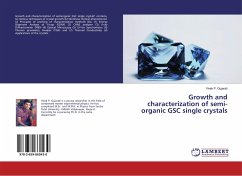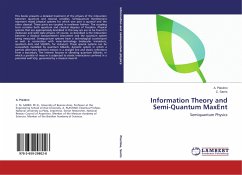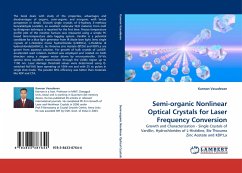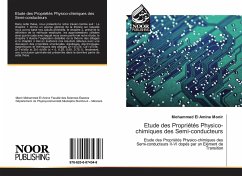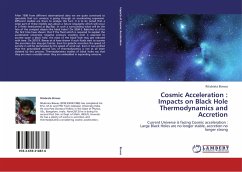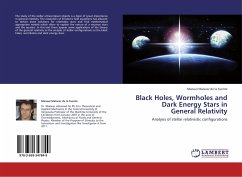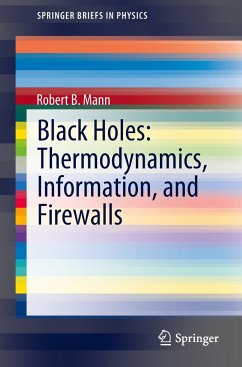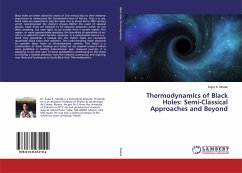
Thermodynamics of Black Holes: Semi-Classical Approaches and Beyond
Versandkostenfrei!
Versandfertig in 6-10 Tagen
47,99 €
inkl. MwSt.

PAYBACK Punkte
24 °P sammeln!
Black holes are often called the atoms of 21st century due to their immense importance to understand the fundamental laws of Nature. That is to say, black holes are expected to play the same role as atoms did in 20th century which revolutionized the modern physics. Within the realm of classical physics, black holes are believed to be absolute absorbers which do not allow anything, not even light, to go outside from a certain region. This region, or more appropriately speaking, the boundary of spacetime of no-return, is called the event horizon. However, in a semi-classical picture (i.e., black...
Black holes are often called the atoms of 21st century due to their immense importance to understand the fundamental laws of Nature. That is to say, black holes are expected to play the same role as atoms did in 20th century which revolutionized the modern physics. Within the realm of classical physics, black holes are believed to be absolute absorbers which do not allow anything, not even light, to go outside from a certain region. This region, or more appropriately speaking, the boundary of spacetime of no-return, is called the event horizon. However, in a semi-classical picture (i.e., black hole spacetime is classical but the matter fields are necessarily quantized) black holes emit radiation. This understanding made physicists to consider black holes as thermodynamic systems. This thesis is a continuation of these findings and based on my original research which were published in leading international, peer reviewed journals. It is satisfying to see that each of these publications contributing to this thesis is receiving a modest attention from the research community, and inspiring new ideas and techniques to study Black Hole Thermodynamics.





